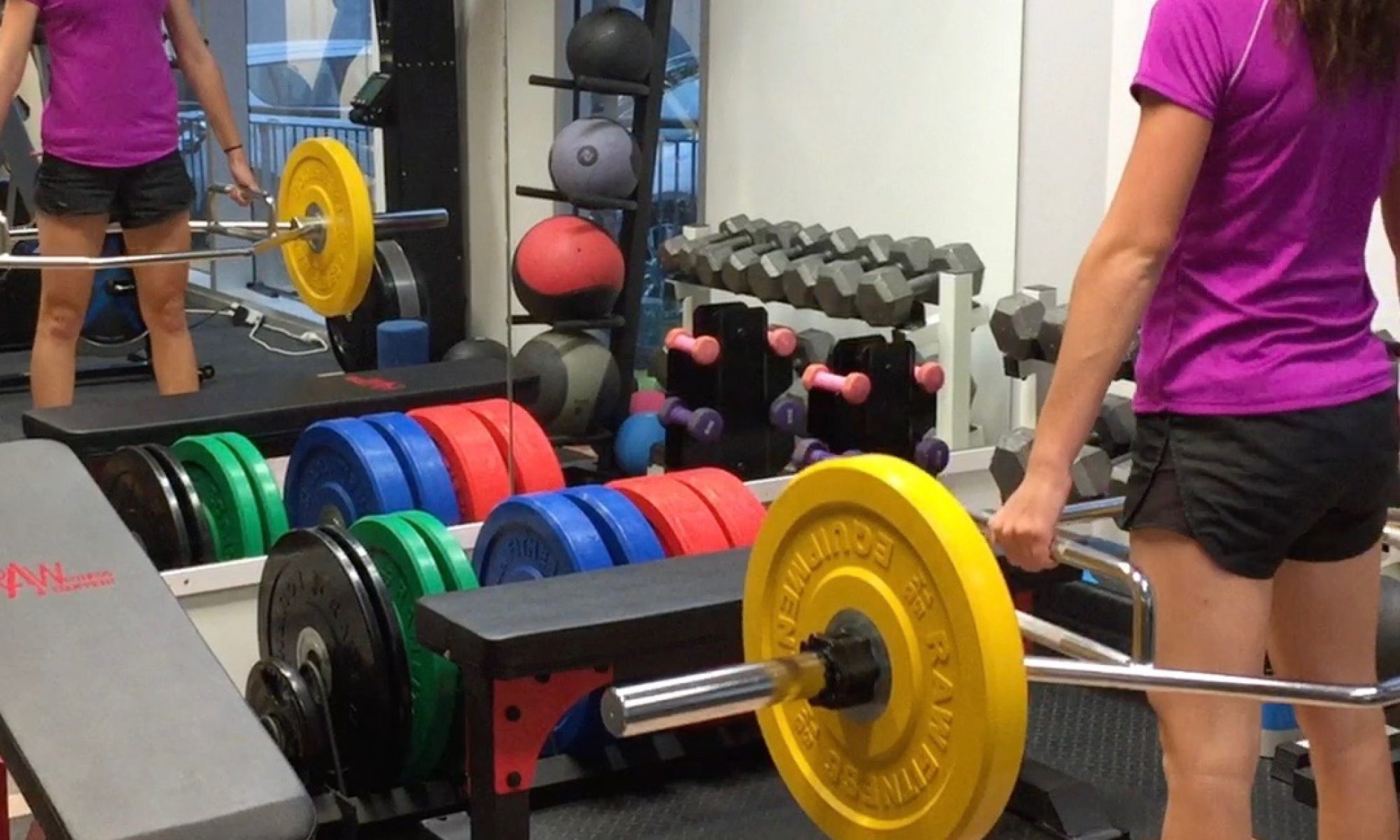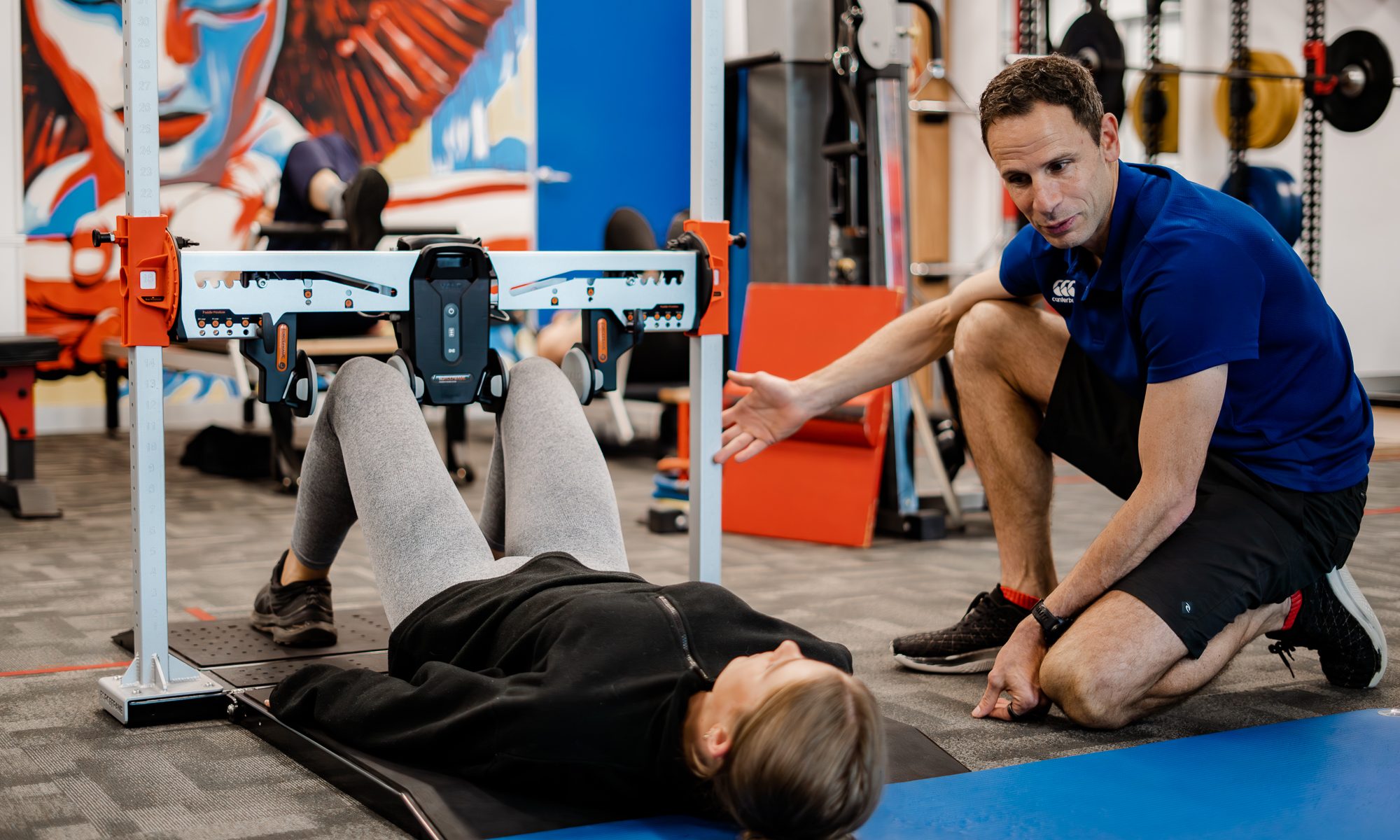What is osteoporosis?
Osteoporosis is a skeletal condition characterised by impaired bone strength and an increased risk of fracture. Osteoporosis is quite common; with 1.2 million Australians estimated to have osteoporosis, with a further 6.3 million with low bone density. It is more common in older women; affecting 1 in 4 women over the age of 75.
Bone is living tissue, and to keep them strong, the body breaks down old bone and replaces it with new bone. With osteoporosis, this process is different, with old bone breaking down more than it is being replaced changing the structure of the bones. This leads to an increased risk of fracture; either a complete or partial break in a bone. Osteoporosis can affect any bone, however the most common site of fractures are the hip, spine or wrist.
Osteoporosis rarely has any symptoms, unless a fracture does occur. Osteoporosis is diagnosed through a bone density scan (Dexa scan) that looks at the density of your bones, usually at the hip and spine.
Risk factors for osteoporosis:
- Sedentary lifestyle
- Aging- reduced production of hormones such as testosterone and oestrogen
- menopause
- Previous fracture
- Excessive alcohol consumption and smoking status
- Certain treatments- such as androgen deprivation therapy
- Certain medications- such as glucocorticoids
Treatment options:
Often in the case of an osteoporosis diagnosis, your GP may start you on medication to assist with the slowing down of bone loss and fracture risk. You may also be put on supplements for calcium and vitamin D depending on your current intake.
Exercise plays an important role in management of osteoporosis, with exercise being beneficial in slowing the decline of bone loss, improvements in balance to reduce risks of falls as well as the other health benefits of regular exercise for the mind and the body.
Source:
Healthy Bones Australia, n.d. https://healthybonesaustralia.org.au
Healthy Bones Australia, n.d. About Osteoporosis https://healthybonesaustralia.org.au/your-bone-health/about-osteoporosis/


